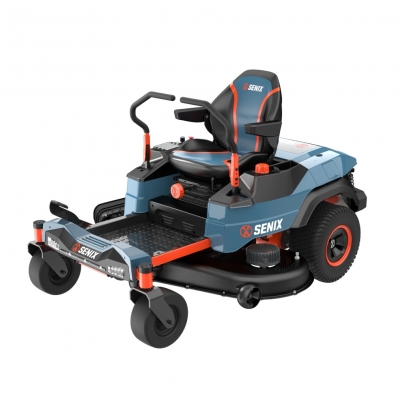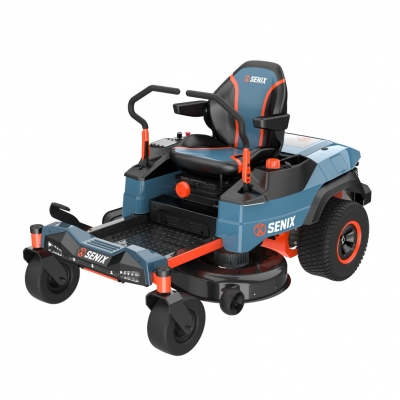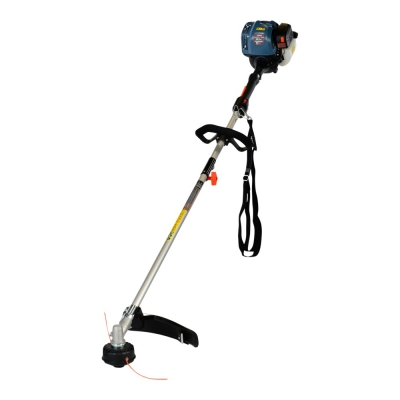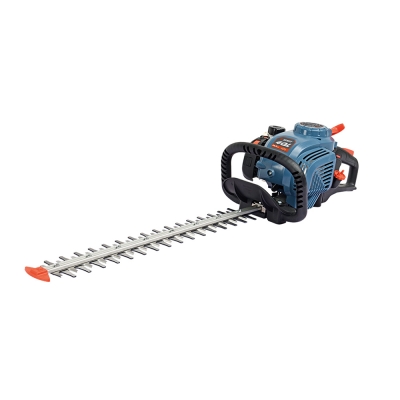Best Practices for Trimming Garden Edges Like a Pro
A beautifully edged garden isn't just about looks—it's about definition, structure, and pride. Whether you're working with a sprawling backyard or a modest flower bed, precise edge trimming can transform your entire landscape. But while the task may seem straightforward, achieving truly professional results requires the right methods, tools, and timing.
This guide will walk you through the best practices for trimming garden edges like a pro, helping you avoid common mistakes and create crisp, clean borders that stand out for all the right reasons.
Understand Why Edging Matters
Before diving into the how, it's important to understand the why. Garden edging:
Creates visual separation between lawn and beds
Prevents grass from creeping into flowerbeds
Improves curb appeal and perceived garden care
Helps guide mowers and reduce trimming work later
Properly edged lawns reflect attention to detail. It signals that you not only care about your plants but also about the space that frames them.
Choose the Right Time to Edge
Timing can make a big difference in the quality of your trimming results:
After mowing: Always edge after mowing. This allows you to see the true line between the grass and the bed.
When soil is slightly moist: Dry soil can crumble; overly wet soil can smudge. Aim for a lightly damp day.
Seasonally: Spring and early summer are ideal for re-establishing clean edges. Mid-season touch-ups keep them looking sharp.
Pick the Proper Tools
Not all edging tools are created equal. Your choice should depend on the size of your yard, your budget, and the desired precision.
Manual Edgers: Half-moon edgers or edging spades are great for detailed work. Best for smaller gardens or fine-tuning curves.
String Trimmers: For fast, convenient trimming along hard edges or fences. Use a vertical orientation to define borders.
Electric or Gas Edgers: Ideal for large lawns. They provide clean, straight cuts quickly, especially along driveways or sidewalks.
Pro tip: Always keep your blades or lines sharp for cleaner cuts and better control.
Define Your Edge Style
Not all garden edges need to be the same. Consider your landscape design:
Natural Edge: A subtle trench cut between lawn and bed. Elegant and flexible.
Hard Edge: Defined by bricks, stones, or metal. Requires trimming alongside but offers long-term shape stability.
Raised Edge: Ideal for garden beds with height. These require trimming around the base regularly for a neat look.
Whatever your choice, consistency is key. Match your edging style to the rest of your garden for a unified appearance.
Technique Tips for a Clean Finish
Here's how to trim garden edges with precision:
Mark your lines: Use a garden hose or rope to map out curves and borders before cutting.
Keep tools vertical: Especially when using a string trimmer or edger—this ensures a straight and even cut.
Go slow around curves: Corners and curves need patience. Rushing leads to uneven lines and overcuts.
Clear debris: After edging, remove grass clippings and soil to showcase the fresh cut. A leaf blower or broom works well.
Repeat regularly: Clean edges need maintenance. Every 1–2 weeks in peak growing season is a good rhythm.
Don't Forget Safety
While edging isn't inherently dangerous, careless handling of trimmers or gas edgers can cause injury. Always:
Wear eye protection
Keep hands away from moving blades
Maintain a stable stance, especially on slopes
Follow manufacturer safety guidelines
If you're working with electric tools, make sure cords are positioned away from the cutting path.
Maintain Your Edging Tools
Clean, sharp tools not only last longer—they perform better:
Wipe down blades after each use to prevent rust
Sharpen manual tools periodically
Replace string trimmer lines as needed
Store tools in a dry, shaded space
A few minutes of maintenance can extend your tools' lifespan and reduce frustration during the next job.
Crisp, professional-looking garden edges don't require a landscaping crew—just a bit of technique, the right tools, and some dedicated effort. By integrating these best practices into your routine, you can keep your garden looking structured, tidy, and truly cared for. Edging may be a small detail, but as with most things in gardening, the small things make all the difference.


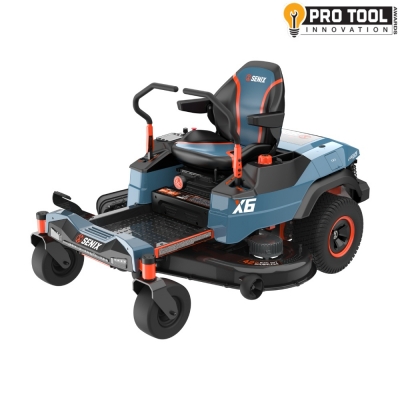
 (5.0)
(5.0)